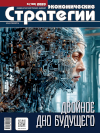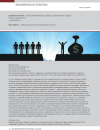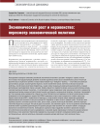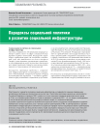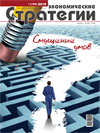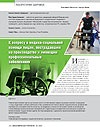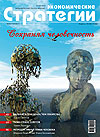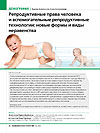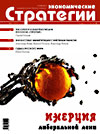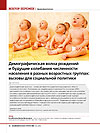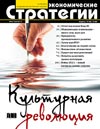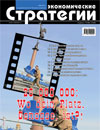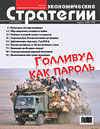Internal Economic Security as a Factor in Increasing the Competitiveness of the State in the International Arena
DOI: 10.33917/es-6.192.2023.84-89
Over the past few decades, the approach to assessing the competitiveness of the state has moved from a closer focus on strict economic indicators to the assessment of such parameters as the human-centeredness of the economy, improvement of the quality of life, emphasis on innovation and digital transformation. At the same time, it is not yet possible to assert the complete dominance of social parameters in the comprehensive image assessment of the state. Thus, according to the author of the study, the phenomenon of state competitiveness is inextricably linked to the desire of the world community for international economic security, which, in turn, is inseparable from the national economic security of individual actors. At the same time, the social orientation of the policy is not the last place in the assessment of national economic security, which is in line with the global trend to popularize non-economic image factors of competitiveness. Explores the conceptual framework, interrelation and interdependence of the concepts of state competitiveness and economic security, determining their essential indivisibility both in economic and political science boundaries.
References:
1. The Global Competitiveness Report 2011–2012. World Economic Forum. New York: Oxford University Press, 2002. С. 3, 4.
2. Gordienko D.V., Safonov M.S. Reintegratsiya ili dezintegratsiya. Kak zashchitit’ natsional’nye interesy? [Reintegration or Disintegration. How to Protect National Interests?]. Moscow, Nauchnaya biblioteka, 2018, 384 p.
3. Gromova N.V. Rol’ chelovecheskogo kapitala v obespechenii konkurentosposobnosti sovremennykh kompanii [The Role of Human Capital in Ensuring the Competitiveness of Modern Companies]. Sovremennaya konkurentsiya, 2014, no 6, p. 128.
4. Mariya Chunikhina. Doklad Mishustina Putinu o sostoyanii ekonomiki strany v 2023 godu. Glavnoe [Mishustin’s Report to Putin on the State of the Country’s Economy in 2023. Main]. AiF, 2023, 5 iyulya, available at: https://aif.ru/money/economy/doklad_mishutina_putinu_o_sostoyanii_ekonomiki_strany_v_2023_godu_glavnoe
5. Zakon RF ot 5 marta 1992 g. N 2446-I “O bezopasnosti” (s izm. i dop.) [Law of the Russian Federation of March 5, 1992 No. 2446-I “On Security” (as amended and supplemented)]. Garant, available at: https://base.garant.ru/3959688/
6. Ukaz Prezidenta RF ot 29 aprelya 1996 g. N 608 [Decree of the President of the Russian Federation dated April 29, 1996 No. 608]. Ofitsial’nyi sait Prezidenta RF, available at: http://www.kremlin.ru/acts/bank/9261
7. Ukaz Prezidenta RF ot 13 maya 2017 g. N 208 “O Strategii ekonomicheskoi bezopasnosti Rossiiskoi Federatsii na period do 2030 goda” [Decree of the President of the Russian Federation of May 13, 2017 No. 208 “On the Strategy for the Economic Security of the Russian Federation for the period until 2030”].
Ofitsialэnyi sait Prezidenta RF, available at: http://www.kremlin.ru/acts/bank/41921
8. Morgenthau H.J., Knopf A.A. Politics Among Nations. The Struggle for Power and Peace. Second Edition. N.Y., 1955.


